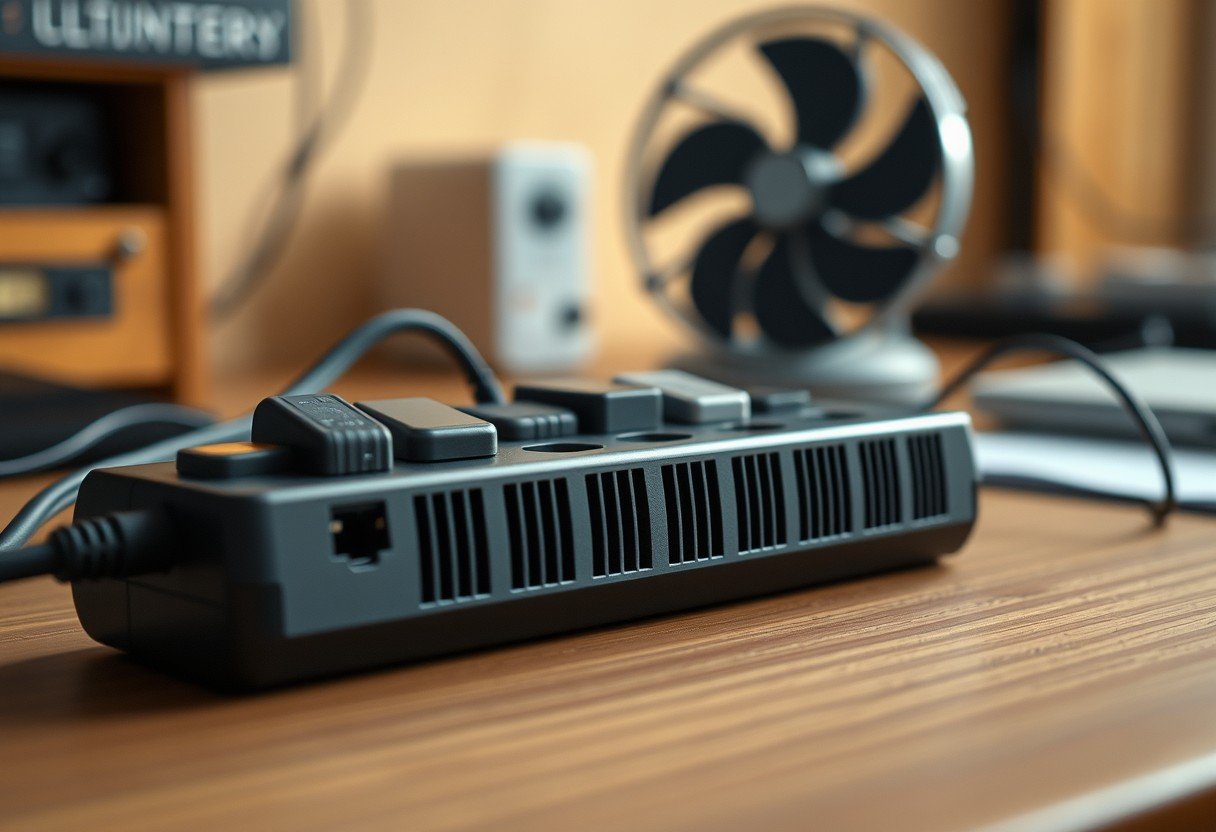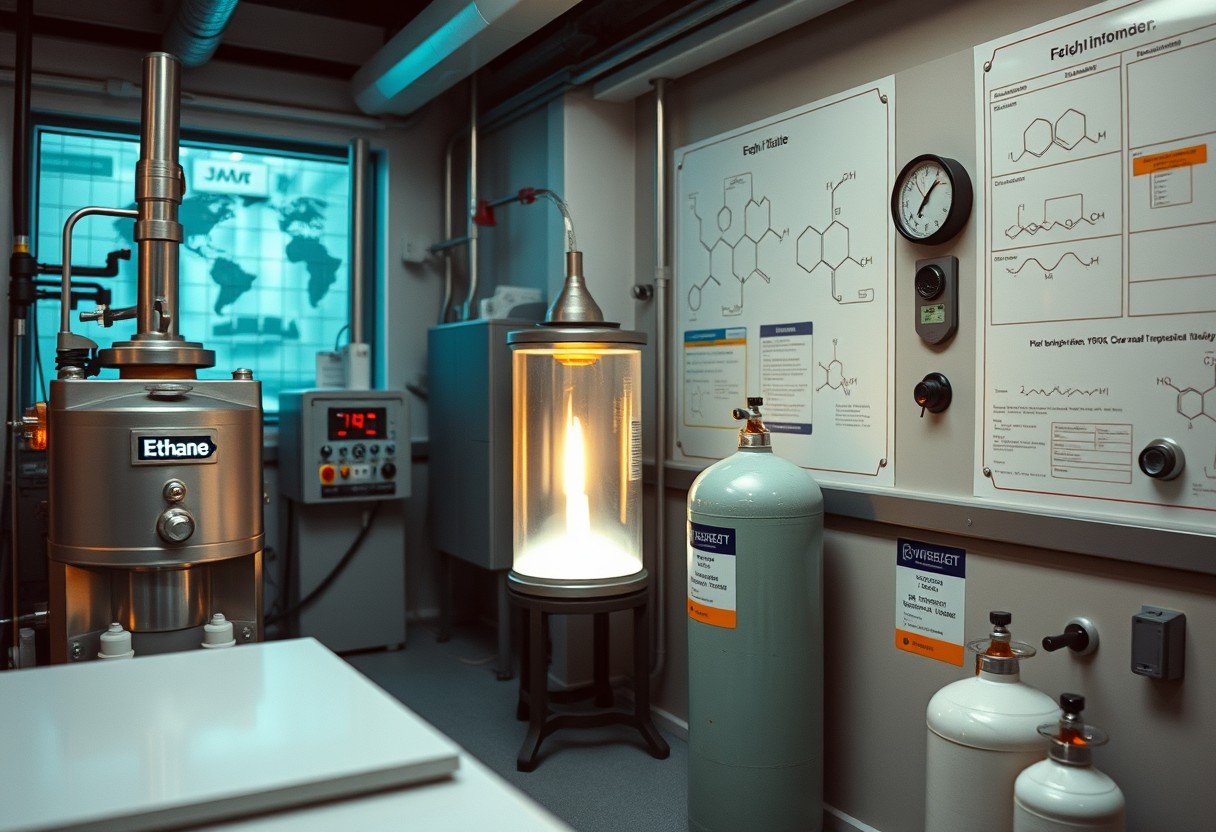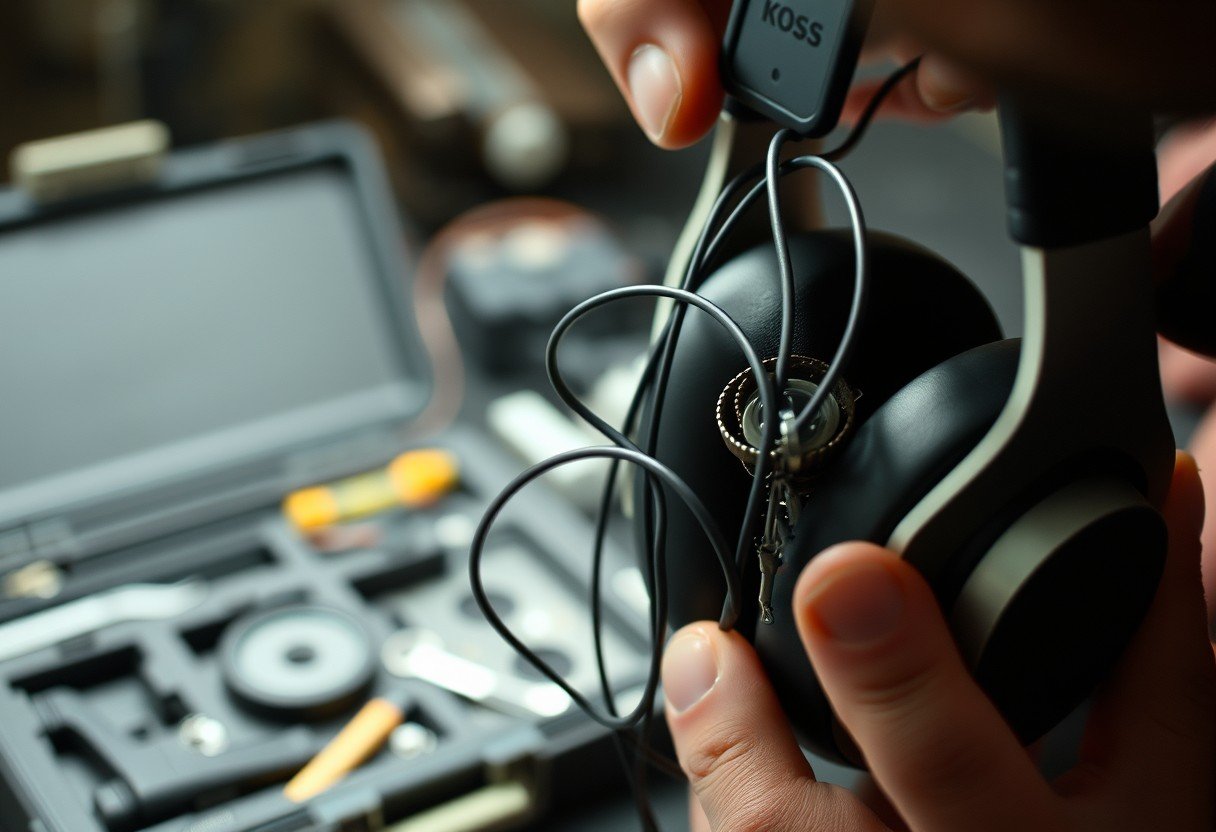You may wonder if your power strip needs space to breathe, and the answer is a clear yes. Power strips generate heat as electricity flows through them, especially when multiple devices are plugged in. Proper ventilation allows this heat to escape, preventing the strip from overheating, which is crucial for protecting your devices and preventing potential fire hazards in your home or office.
Why do Power Strips Generate Heat?
The generation of heat in a power strip is a natural result of electricity at work. As electrical current travels from the wall outlet through the strip to your devices, it encounters resistance within the wiring and components.
This resistance converts some of the electrical energy into thermal energy, or heat. Think of it like friction. The more devices you plug in, the more current flows, and the more heat is produced.
While some heat is normal, excessive heat is a sign of a problem. If this heat cannot dissipate due to poor airflow, it can build up to dangerous levels, compromising the safety of the power strip and everything connected to it.
The Dangers of Poor Ventilation
Placing a power strip in an enclosed space is a significant risk. When heat is trapped, it can cause a number of serious problems that endanger both your property and your personal safety.
Overheating can cause the plastic casing of the power strip to melt or deform. This can expose internal wiring, increasing the risk of a short circuit. In the worst-case scenario, the intense heat can ignite nearby materials like carpets, curtains, or wooden furniture.
Without enough airflow, a power strip can become a serious fire hazard. The internal components can degrade over time due to constant exposure to high temperatures, leading to sudden failure and potential damage to your expensive electronics.
Best Practices for Power Strip Placement
Where you place your power strip has a direct impact on its safety and longevity. Following a few simple guidelines for placement can drastically reduce the risk of overheating and ensure it functions correctly.
Always position your power strip in an open area where air can circulate freely around it. This helps dissipate the heat it generates during normal operation.
- Avoid placing power strips under rugs, carpets, or blankets.
- Never use them inside cabinets, drawers, or other enclosed furniture.
- Ensure there is at least a few inches of clear space around the entire strip.
- Keep power strips away from direct heat sources like heaters or radiators.
These simple habits help maintain a safe operating temperature, protecting the strip and your connected devices from heat-related damage.
Understanding the Different Types of Power Strips
Not all power strips are created equal. Choosing the right type for your specific needs is a key part of ensuring electrical safety and efficiency. Some are designed for simple connectivity, while others offer advanced protection.
Using the correct type of power strip can prevent overloading and protect sensitive electronics. For example, a basic strip is fine for lamps, but a computer or home theater system requires a surge protector to guard against voltage spikes.
| Type | Main Feature |
| Basic Power Strips | Provides simple multiple outlets. |
| Surge Protectors | Protects devices against voltage spikes. |
| Smart Power Strips | Offers remote control and scheduling features. |
| Power Strips with USB Ports | Includes ports for convenient device charging. |
How to Identify an Overheating Power Strip
Being able to recognize the warning signs of an overheating power strip is essential for preventing a disaster. In many cases, a power strip will give you clear signals that something is wrong before it fails completely.
Pay attention to any physical changes. Discoloration or dark marks on the plastic, especially around the outlets, is a major red flag. If the casing feels unusually hot to the touch or appears warped or melted, it’s a sign of a serious problem.
You can also use your other senses. A persistent buzzing or crackling sound can indicate a loose connection or internal arcing. If you notice a distinct burning plastic smell, you should immediately unplug the power strip and all connected devices. Do not use it again; it should be replaced.
Key Safety Features to Look For
When purchasing a new power strip, looking beyond the number of outlets is crucial. Modern power strips come with safety features designed to protect against common electrical hazards, including overheating.
Surge protection is a vital feature that shields your electronics from sudden voltage spikes, which can occur during storms or power grid fluctuations. This can save your valuable equipment from being permanently damaged.
Another critical feature is a built-in circuit breaker. This component automatically shuts off power to the strip if it detects an overload, which is a primary cause of overheating. A power strip with a circuit breaker provides an essential layer of protection against electrical fires.
Frequently Asked Questions about Power Strip Safety
Do all power strips generate heat?
Yes, all power strips generate some amount of heat as a byproduct of electrical resistance. However, the amount of heat becomes dangerous when the strip is overloaded or placed in an area without proper ventilation.
What should I never plug into a power strip?
You should avoid plugging in high-power appliances like refrigerators, space heaters, microwaves, or air conditioners. These devices draw a large amount of current and can easily overload the strip, creating a fire risk.
Is it safe to plug one power strip into another?
No, this practice, known as “daisy-chaining,” is extremely dangerous. It can overload the first power strip and the wall outlet, significantly increasing the risk of an electrical fire. Always plug power strips directly into a wall outlet.
How often should I replace my power strips?
There is no exact lifespan, but it’s a good practice to inspect power strips regularly for signs of wear and tear. Many experts recommend replacing them every 3-5 years, especially for surge protectors, as their protective components wear out over time.









Leave a Comment